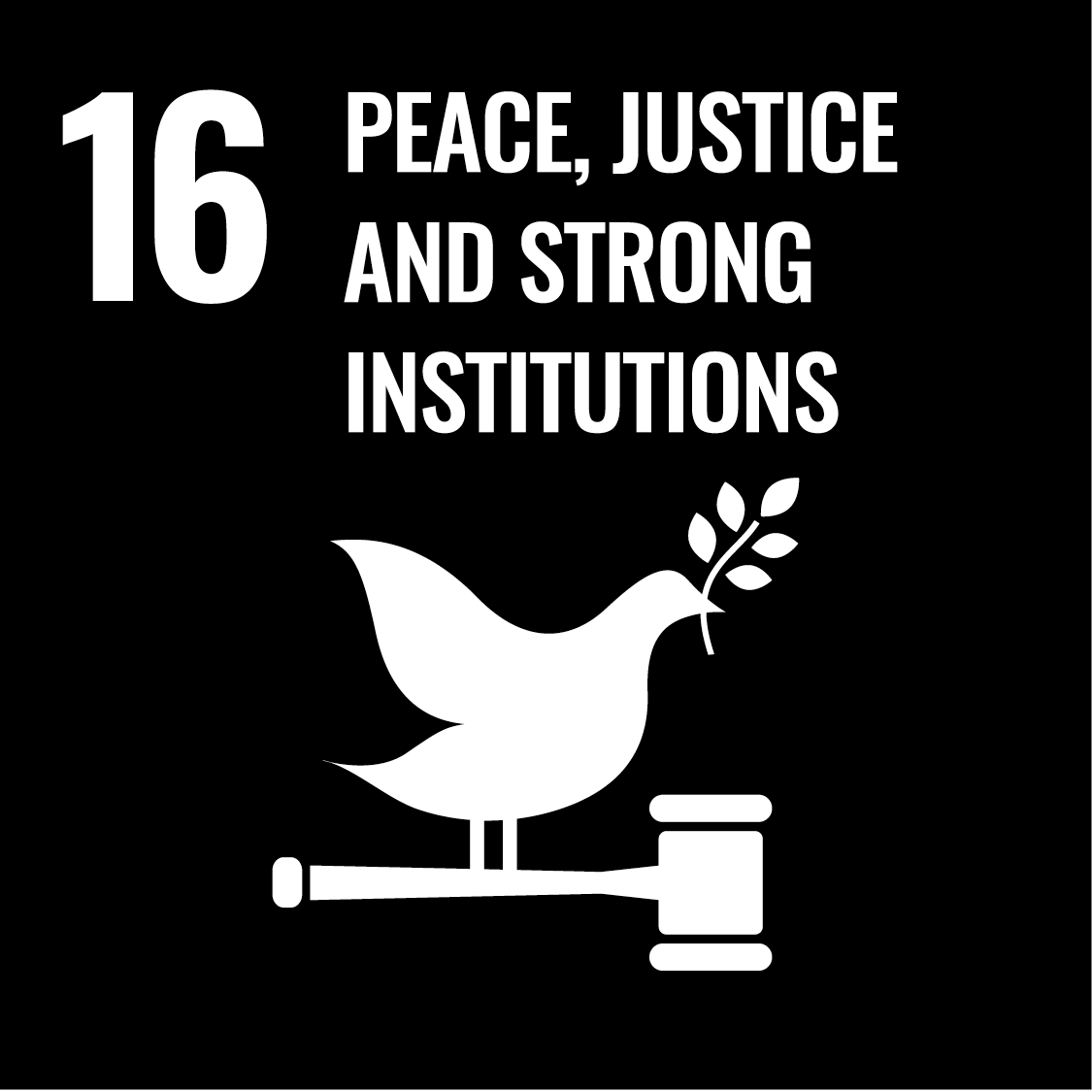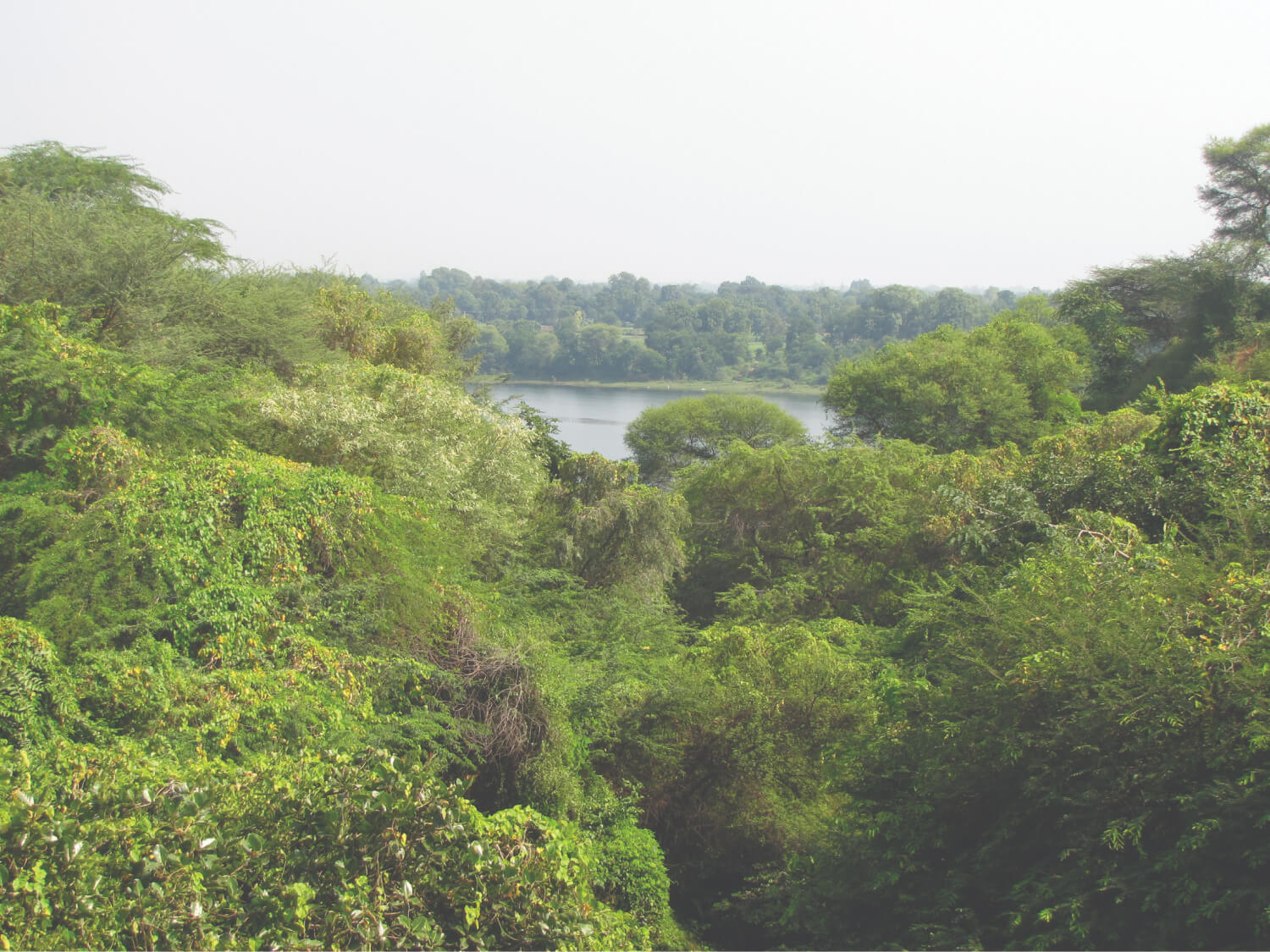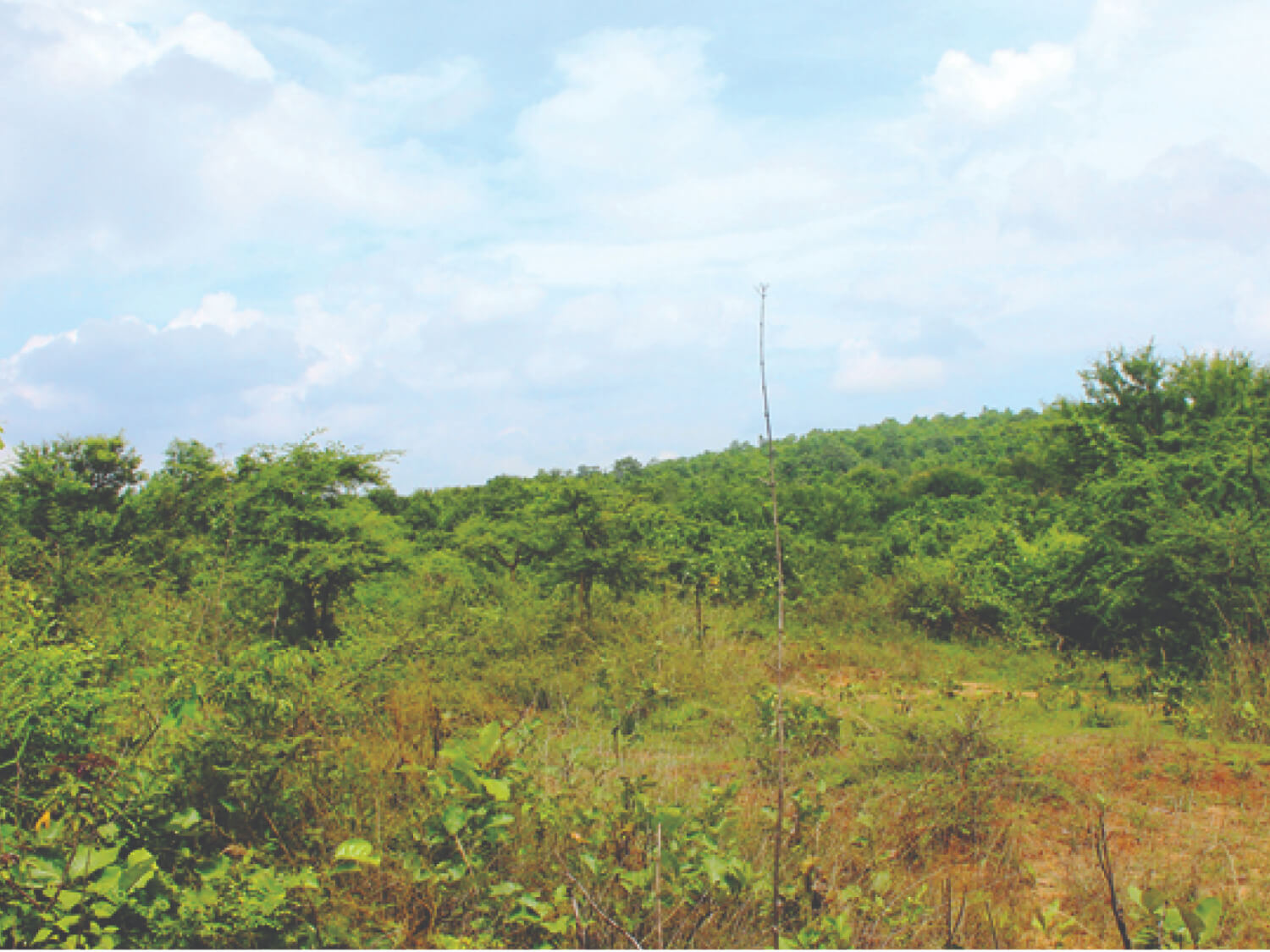








To whom do they belong, and what is our relationship with them?
A mosaic of shared resources such as forests, parks, water bodies, indigenous knowledge, shared digital platforms together comprise Commons. They are accessed, used and managed by a group of people, via mutually evolved norms and rules, that acknowledge and usher the benefit of the group as a whole.
The idea of Commons is broad, its concept dynamic.
The Promise of Commons initiative focuses on natural resource-based Commons, such as forests, pastures, water bodies, irrigation systems, and groundwater sources sprawling across a quarter of the Indian subcontinent.
COMMONS IN INDIA
Spread over 205 million acres, Commons are a source of food, fodder, water, medicine, firewood, and timber for 350 rural poor, and are fundamental to the sustenance of all the varieties of life that inhabit and access them. They provide a distinct social and cultural identity to rural communities, and guide the interactions between Nature and People. Commons provide critical ecosystem services that are vital to the viability, growth and resilience of rural livelihoods, more so in the face of the unfolding climate crisis.
Commons are spaces of the poor and for the poor. Women, landless and other disadvantaged groups are most critically dependent on Commons, and largely benefit from the economic opportunities that healthy Commons offer. Commons provide platforms for these groups to assert their voice, agency and power in using and governing these resources.
Yet, Commons are in rapid decline, at a rate of 2.5% per year. The ongoing loss and degradation of India’s Commons, accelerated by the unfolding climate crisis, contributes significantly to falling agricultural yields, increased costs of cultivation, depleted water tables, shrinking forests, and degradation of pastures.
The descent is cyclical: degraded Commons contribute to climate change, and impact the ability of ecosystems and dependent communities to withstand the increasing frequency of extreme climate events. The conflict over Commons has also increased, from what they are appropriated for, to the people that use them. Rural incomes are declining, inequality and distress migration are rising. Of those that are marginalised, women especially, are deeply affected.
Facts & Figures
1/4
of India’s landmass, 205 million acres, is covered by Commons
USD 90 billion
is the estimated total economic value of ecosystem services provided by Commons
350 million
rural poor in India are dependent on Commons
This is 3.6% of the GDP,
though unaccounted!
77%
of India’s livestock depend on Commons
40-60% of annual earnings of tribal communities is from forest produce, most of it being collected by women
COMMONS' CONTRIBUTION TO SUSTAINABLE DEVELOPMENT GOALS










Facts & Figures
1/4
of India’s landmass, 205 million acres, is covered by Commons
Commons provide 34 types of ecosystem services & have an estimated total economic value of USD 90 billion (INR 7.2 lakh crore)
350 million
rural poor in India are dependent on Commons
This is 3.6% of the GDP though unaccounted!
77%
of India’s livestock depend on Commons
40-60% of annual earnings of tribal communities is from forest produce, most of it being collected by women
COMMONS IN DIFFERENT STATES
Commons are deeply meaningful to the communities that use them. For tribal populations across India, every swatch of forest is named, after a deity, a tree, the region’s most prominent hillock or valley. Their relationship with the land they inhabit and its resources is intricate and all-embracing.
































